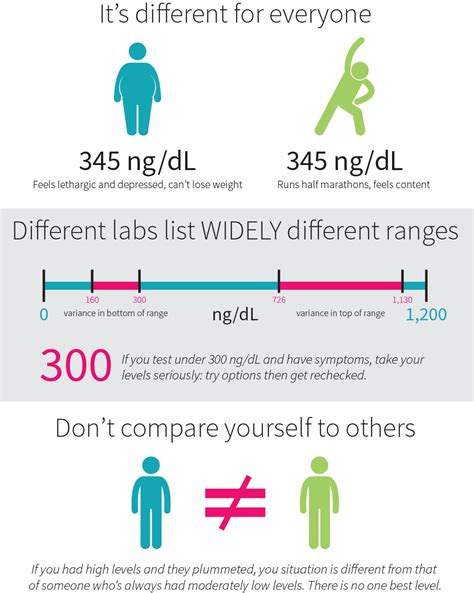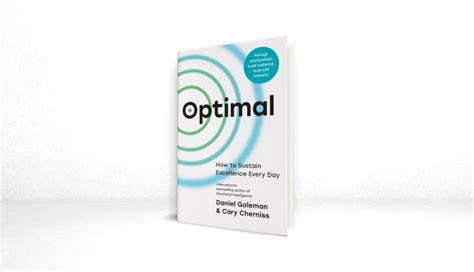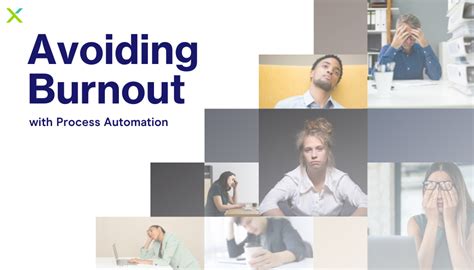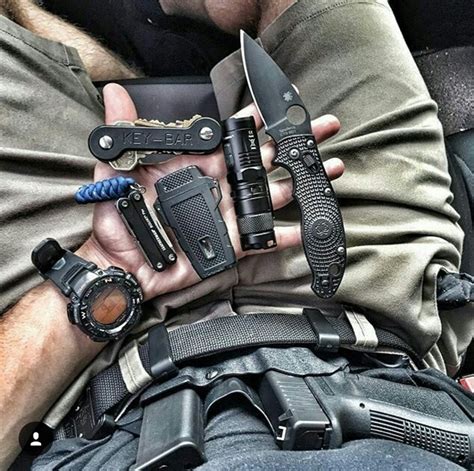What’s the optimal gear setup for maximizing recovery post-workout?

The Crucial Role of Post-Workout Recovery Gear
After pushing your limits in a strenuous workout, the period that follows is just as vital as the training itself. Optimal recovery is not merely about resting; it’s an active process that repairs muscle tissue, reduces inflammation, replenishes energy stores, and prepares your body for future challenges. While nutrition and sleep form the bedrock of recovery, the right gear can act as a powerful accelerator, significantly enhancing the efficiency and effectiveness of this critical phase.
Investing in a smart recovery gear setup can mean the difference between prolonged soreness and feeling revitalized, ready to perform again sooner. Let’s explore the optimal gear categories that can elevate your post-workout recovery game.
1. Compression Wear: Boosting Circulation and Reducing Swelling
Compression garments have become a staple for many athletes, and for good reason. These specialized items are designed to apply graduated pressure to muscles, which can aid in recovery by improving blood circulation, reducing muscle oscillation (which can cause microtrauma), and helping to flush out metabolic waste products like lactic acid.
Key Compression Gear:
- Compression Tights and Sleeves: Worn on legs, arms, or torso, these can be beneficial immediately post-workout and even during sleep.
- Compression Socks: Particularly useful for aiding blood flow back to the heart, reducing swelling in the lower extremities.
Choosing the right level of compression and wearing it for the appropriate duration (often 2-24 hours post-exercise) can significantly reduce delayed onset muscle soreness (DOMS) and accelerate repair.

2. Percussion and Massage Devices: Targeted Muscle Release
Manual massage has long been recognized for its recovery benefits. Modern technology brings this benefit into your home with a range of self-massage tools.
Essential Massage Gear:
- Percussion Massagers (Massage Guns): These devices deliver rapid, short bursts of pressure deep into muscle tissue, helping to increase blood flow, release knots, reduce muscle stiffness, and improve range of motion.
- Foam Rollers: An enduring classic, foam rollers use body weight to apply pressure to muscles, mimicking a deep tissue massage and aiding in myofascial release.
- Massage Balls: Ideal for targeting smaller, harder-to-reach areas like the glutes, feet, or shoulders.
Regular use of these tools can break up adhesions, improve tissue elasticity, and provide immediate relief to tight and sore muscles.
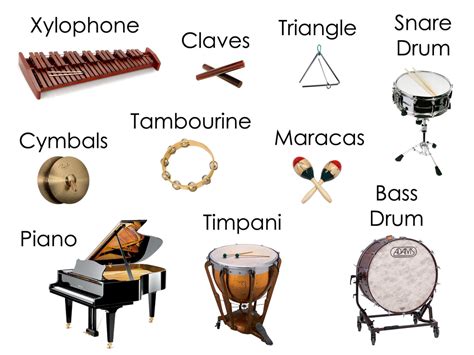
3. Cold Therapy Gear: Battling Inflammation
Cold therapy, or cryotherapy, is a time-honored method for reducing inflammation and numbing pain. While full-body cold plunges might be extreme for some, accessible gear can provide similar localized benefits.
Cold Therapy Essentials:
- Reusable Ice Packs/Wraps: Simple yet effective for applying cold to specific sore areas.
- Cold Compression Devices: These combine cold therapy with pneumatic compression, offering a powerful one-two punch against swelling and pain.
- Cold Water Immersion Tubs/Portable Ice Baths: For those seeking more comprehensive cold exposure for larger muscle groups.
Applying cold can constrict blood vessels, reducing blood flow to the injured area, which helps minimize swelling and tissue damage, followed by a rush of nutrient-rich blood as the area rewarms.

4. Heat Therapy Devices: Relaxation and Blood Flow
While cold therapy is excellent for acute inflammation, heat therapy shines in promoting muscle relaxation and increasing blood flow to aid in nutrient delivery and waste removal.
Heat Therapy Options:
- Heating Pads/Wraps: Provide soothing warmth to tight or stiff muscles, promoting relaxation and increasing local circulation.
- Infrared Sauna Blankets: Offer the benefits of a sauna experience in a more compact, home-friendly form, promoting detoxification and deep muscle relaxation through infrared heat.
5. Sleep Optimization Tools: The Ultimate Recovery Aid
No gear can replace the profound restorative power of quality sleep. However, certain tools can significantly enhance your sleep environment and, consequently, your body’s ability to recover.
Sleep-Enhancing Gear:
- Blackout Sleep Masks: Block out light to optimize melatonin production and deep sleep.
- Noise-Canceling Earplugs/White Noise Machines: Create a quiet environment conducive to uninterrupted sleep.
- Smart Mattresses/Pillows: Some advanced bedding can regulate temperature, track sleep patterns, and even adjust firmness for optimal comfort.
- Blue Light Blocking Glasses: Worn in the evenings, these can help preserve natural circadian rhythms by filtering out sleep-disrupting blue light from screens.
Prioritizing and optimizing sleep with the right tools ensures your body can perform its essential repair and regeneration processes unhindered.
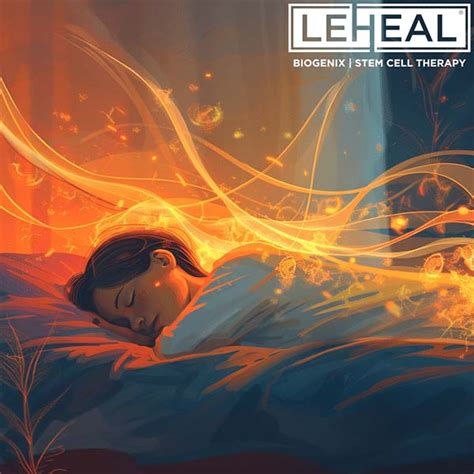
6. Wearable Technology: Monitoring and Tracking Progress
Wearable devices have transcended basic fitness tracking to offer insightful data on recovery metrics, helping you make informed decisions about your training and rest.
Recovery Tracking Wearables:
- Smartwatches/Fitness Trackers: Monitor heart rate variability (HRV), sleep stages, resting heart rate, and daily activity levels. HRV, in particular, is a key indicator of recovery status.
- Smart Rings: Offer discreet and highly accurate tracking of sleep, body temperature, and HRV, providing a ‘readiness score’ for your day.
By understanding your body’s response to training and rest, you can adjust your regimen to prevent overtraining and maximize recovery.
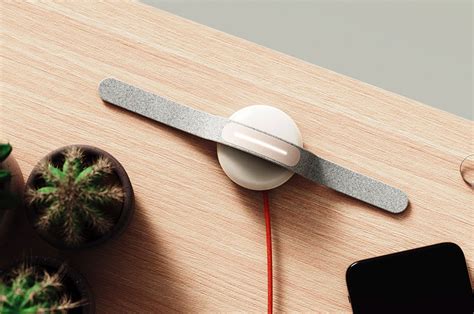
Crafting Your Optimal Recovery Setup
The ‘optimal’ gear setup will vary based on individual needs, type of workout, and budget. A holistic approach, combining a few key items from different categories, is often most effective. Start with what addresses your most pressing recovery challenges, whether it’s persistent muscle soreness, poor sleep, or chronic inflammation.
Remember, gear is an aid, not a magic bullet. It supplements consistent training, proper nutrition, adequate hydration, and sufficient sleep. By strategically incorporating these recovery tools into your routine, you’ll not only mitigate post-workout discomfort but also enhance your body’s adaptive capacity, leading to better performance and sustainable fitness.

